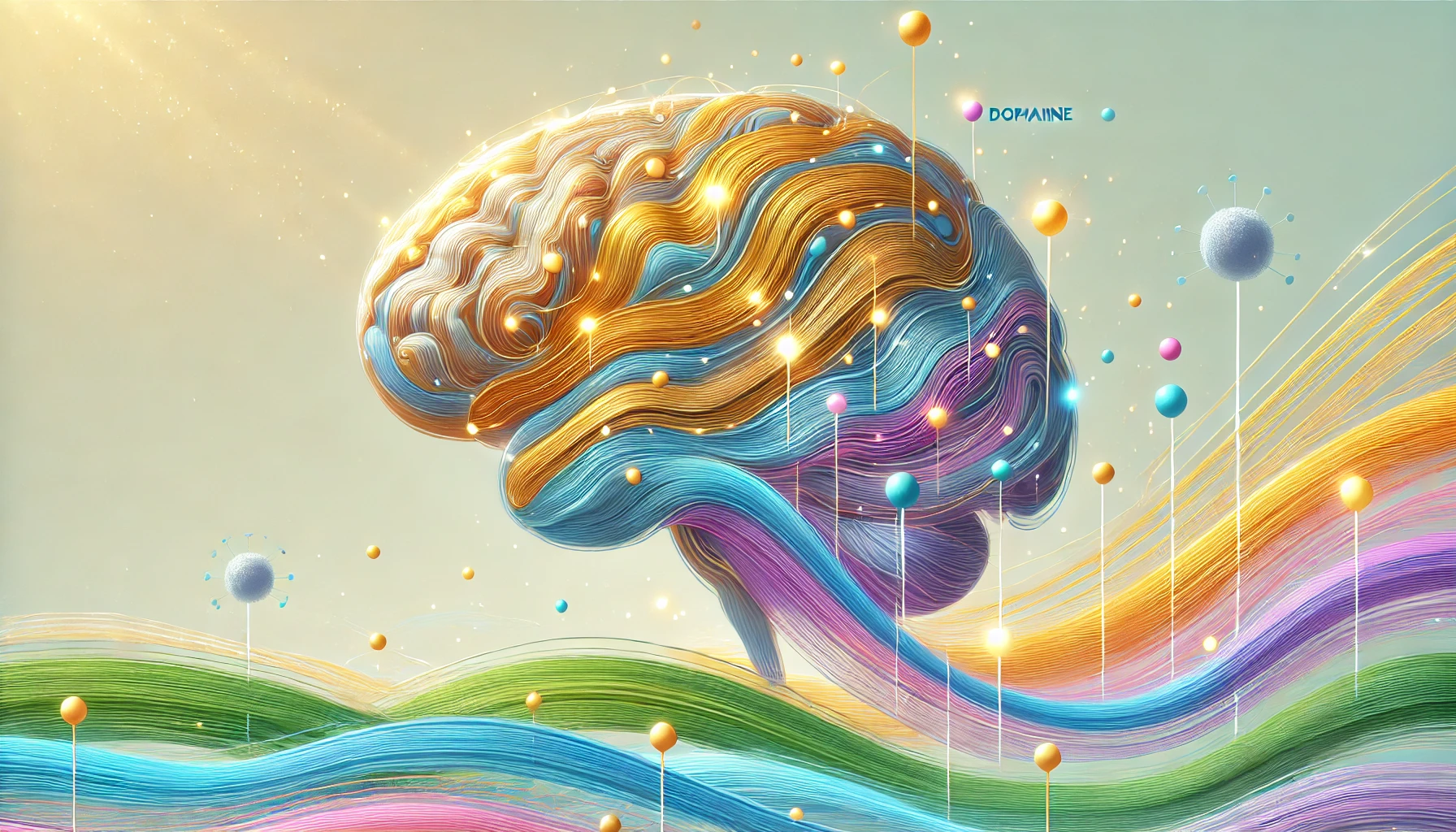The Science of ADHD: A Psychologist's Perspective on Brain Chemistry and Function
November 4, 2024 - Reading time: 5 minutes

In my years of practice, I've seen the landscape of ADHD treatment transform dramatically. Just last month, a patient who had struggled for decades found relief through a combination of new treatment approaches we'd never had available before. These breakthroughs in understanding brain chemistry give me hope for even better solutions ahead.
The Brain's Chemical Messengers
| Neurotransmitter | Primary Functions | ADHD Impact |
|---|---|---|
| Dopamine | Pleasure, reward, motivation | Often reduced |
| Norepinephrine | Attention, alertness | Frequently imbalanced |
| Serotonin | Mood regulation, sleep | Can be affected |
| Glutamate | Learning, memory | May show variations |
Understanding these chemical messengers helps explain why ADHD manifests differently in each person. Many of my patients describe it as having "a brain that won't slow down" or "thoughts that slip away like water."
ADHD and Depression: A Common Pairing
Key Statistics:
- 33% of ADHD patients experience depression
- 18.6% of adults have both conditions
- 47% also develop anxiety disorders
Another patient, Michael, a successful businessman in his 40s, struggled with what he called "impossible standards." His ADHD made organizing tasks challenging, leading to chronic stress and eventually depression. Through targeted treatment addressing both conditions, he developed effective coping strategies.
Treatment Approaches: Beyond Medication
-
Cognitive Behavioral Therapy
- Identifying thought patterns
- Developing coping strategies
- Building organizational skills
-
Mindfulness techniques
- Present-moment awareness
- Emotional regulation
- Stress reduction
-
Targeted amino acid support
- Dietary adjustments
- Supplement considerations
- Regular monitoring
-
Exercise routines
- Cardiovascular activities
- Strength training
- Mind-body practices
-
Sleep hygiene practices
- Consistent sleep schedule
- Bedtime routines
- Environmental optimization
Understanding Different ADHD Presentations
Predominantly Inattentive
Jenny, a 28-year-old teacher, exemplifies this type. She's bright and capable but struggles with completing tasks and staying organized. Her brain chemistry shows typical patterns of reduced dopamine activity, affecting her attention span and focus.
Predominantly Hyperactive-Impulsive
Tom, a 35-year-old sales representative, displays classic hyperactive-impulsive symptoms. His challenges stem from elevated norepinephrine levels, making it difficult to remain still or think before acting.
Combined Presentation
Maria, a 42-year-old architect, shows both inattentive and hyperactive symptoms. Her case illustrates how brain chemistry can create a complex interplay of ADHD manifestations.
Looking Forward
I think of Jamie, who came to my office feeling broken and defeated. "I've tried everything," she said. Today, she runs her own successful business. Or Mark, who couldn't sit through a meeting without his thoughts scattered like autumn leaves. He's now leading team projects at work. These aren't just success stories – they're proof that with proper support and treatment, ADHD challenges can be overcome.
But let me be clear: there's no magic bullet. Professional evaluation is essential for understanding your specific brain chemistry patterns and developing an effective treatment plan. Some of my patients respond brilliantly to medication, while others thrive with behavioral strategies alone. The key is finding your unique path.

